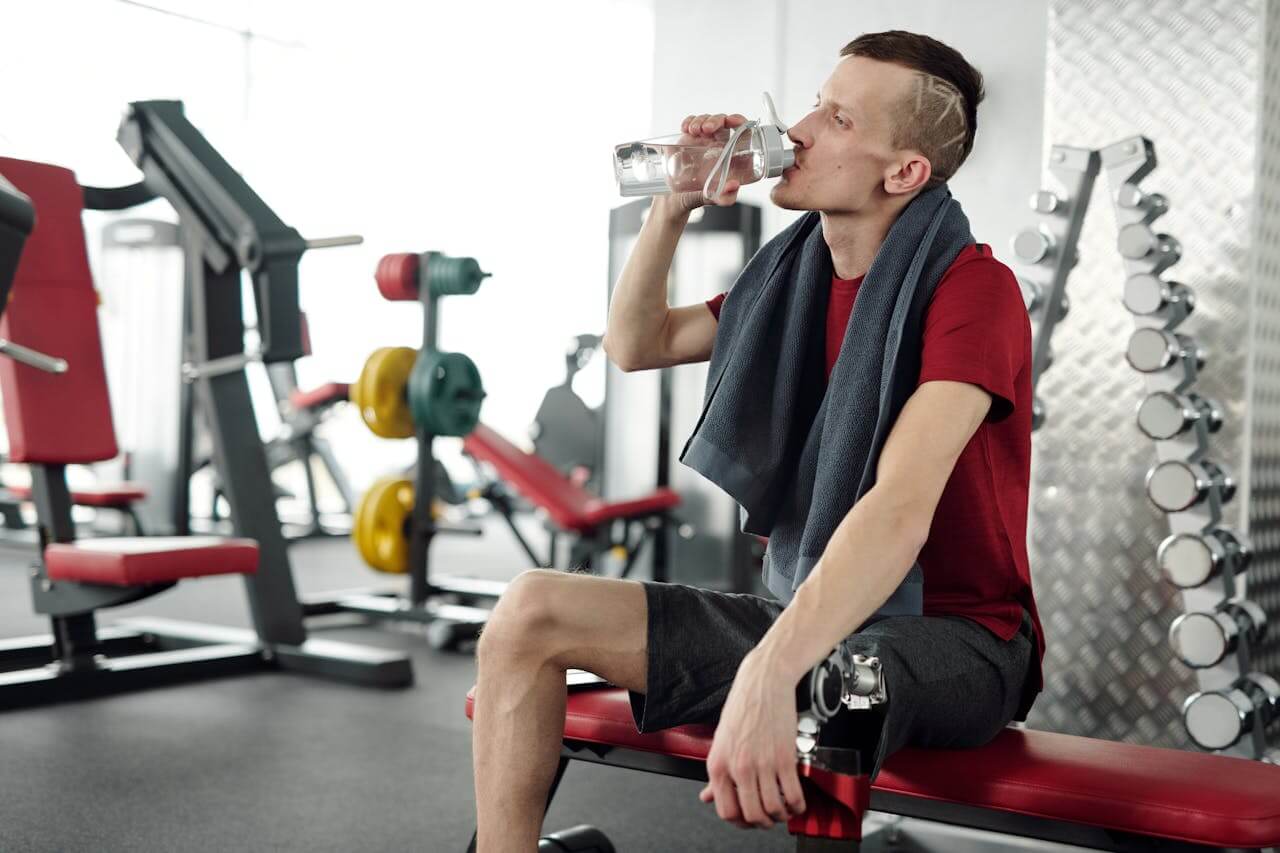For many military veterans, the journey of service does not end upon returning home. For some, it’s just the beginning of a new battle — one that involves physical rehabilitation and emotional recovery after experiencing life-changing injuries. Among the most significant of these injuries is limb loss, which affects thousands of veterans. However, with recent advancements in prosthetics, veterans are not only overcoming these challenges but thriving in ways that were once unimaginable. Prosthetics have become powerful tools, not only restoring physical capabilities but also empowering veterans to reclaim their independence and improve their quality of life.
In this article, we’ll explore how modern prosthetic technology is enhancing the everyday lives of veterans, offering them newfound hope and possibilities.
A New Era of Prosthetic Technology
The field of prosthetics has evolved dramatically over the last few decades, moving far beyond the rudimentary wooden or metal limbs of the past. Today’s prosthetics are sophisticated, highly engineered devices designed to mimic the movement, functionality, and even appearance of natural limbs. For veterans, this advancement means that prosthetics aren’t merely functional — they are life-enhancing.
One of the most significant innovations in prosthetics is the development of bionic limbs, which use sensors and robotics to allow for more natural movements. These advanced devices are often connected to a veteran’s muscles and nerves, allowing the prosthetic to respond to the brain’s signals in real-time. For example, a veteran with an arm amputation can now wear a myoelectric prosthetic arm, which can move its fingers, rotate the wrist, and even grip objects, all by interpreting electrical signals from the muscles.
This level of sophistication gives veterans a renewed sense of autonomy, allowing them to perform everyday tasks that were once difficult or impossible without assistance. From cooking a meal to driving a car or picking up their children, these activities become not only possible but seamless.
Enhancing Mobility and Independence
One of the primary ways prosthetics are enhancing veterans’ lives is by improving mobility. For veterans who have lost lower limbs, walking, running, or even standing for extended periods can be challenging. Modern prosthetics, such as microprocessor-controlled knees and feet, adjust to the user’s gait and terrain, making walking more comfortable and natural. These devices use sensors and algorithms to detect movement patterns, ensuring that each step is as efficient and stable as possible.
For example, a veteran walking uphill with a prosthetic leg equipped with a microprocessor knee will experience adjustments in the knee’s resistance, making the climb easier. Similarly, when walking downhill or on uneven terrain, the knee will adapt to maintain balance and prevent falls. This kind of intuitive technology allows veterans to move with confidence, reducing the likelihood of injury and increasing their ability to participate in activities they enjoy.
Moreover, veterans who use running blades — prosthetic legs designed specifically for athletic performance — can participate in sports and physical activities. These specialized prosthetics, made from lightweight carbon fiber, are highly responsive and return energy, allowing users to run and engage in high-impact activities with ease. Many veterans who once believed their athletic days were behind them are now running marathons, competing in adaptive sports, and even returning to the military in different roles.
Addressing Psychological Well-Being
The benefits of prosthetics extend beyond the physical; they also have a profound impact on a veteran’s psychological well-being. For many veterans, limb loss can lead to feelings of depression, anxiety, and a loss of identity. The ability to regain independence through prosthetic use helps counter these feelings, offering a sense of control and normalcy.
The psychological impact of prosthetics is particularly evident in veterans who can re-engage in hobbies, work, and social activities. Being able to participate in these aspects of life helps veterans reconnect with their communities and build a support network. This social reintegration is vital for emotional health and can reduce feelings of isolation, which are common among individuals who experience physical disabilities after military service.
Prosthetics are also an essential tool for veterans in the workforce. Many veterans are eager to return to work or explore new career paths after their service. With modern prosthetics, veterans can perform a wide range of jobs, from manual labor to office work, without being hindered by their physical limitations. This return to work is not only financially beneficial but also provides a sense of purpose and fulfillment.
Innovations in Upper Limb Prosthetics
While lower limb prosthetics have received significant attention, upper limb prosthetics are also advancing rapidly. Veterans who have lost arms or hands in combat now have access to multi-articulating hands and arms, which offer greater dexterity and precision than ever before. These prosthetics use multiple motors to mimic the movement of a natural hand, allowing users to perform intricate tasks like tying shoelaces, using a smartphone, or even playing musical instruments.
One of the most groundbreaking developments in upper limb prosthetics is the emergence of mind-controlled limbs. These prosthetics are connected to the user’s nervous system and can be controlled by thought alone. Although this technology is still in its early stages, it represents a significant leap forward in prosthetic innovation. For veterans, mind-controlled prosthetics offer the possibility of regaining nearly complete control of a lost limb, further improving their quality of life.
Addressing the Unique Needs of Veterans
Veterans face unique challenges when it comes to prosthetic care and use. Unlike civilian amputees, veterans may have sustained their injuries in combat situations, which can result in more complex medical needs. Many veterans also deal with chronic pain, scarring, and psychological trauma, all of which must be taken into consideration when fitting and using prosthetics.
To address these challenges, the Department of Veterans Affairs (VA) offers specialized care for veterans with amputations, providing them with access to the latest prosthetic technologies, rehabilitation programs, and emotional support services. The VA’s Prosthetic and Sensory Aids Service (PSAS) is dedicated to ensuring that veterans receive the most appropriate prosthetic devices for their specific needs, as well as ongoing care to help them adjust to life with a prosthetic.
Additionally, veterans often form strong communities where they can share their experiences and support one another. Many veterans who have successfully integrated prosthetics into their lives become mentors and advocates, helping others navigate the challenges of limb loss and rehabilitation.
Looking Ahead: The Future of Prosthetics for Veterans
As prosthetic technology continues to evolve, the future holds even more promise for veterans. Researchers are working on innovations like osseo-integrated prosthetics, which attach directly to the bone and provide a more stable and secure connection, as well as sensory feedback prosthetics, which allow users to feel sensations such as pressure and temperature through their artificial limbs.
These advancements, combined with ongoing support from the VA and other organizations, will continue to improve the lives of veterans, helping them overcome the physical and emotional challenges of limb loss and lead fulfilling, independent lives.
In conclusion, prosthetics are transforming the everyday lives of veterans, giving them the tools they need to regain mobility, independence, and confidence. Through continuous innovation and dedicated support systems, prosthetics will undoubtedly play a critical role in empowering veterans to live their lives to the fullest.





